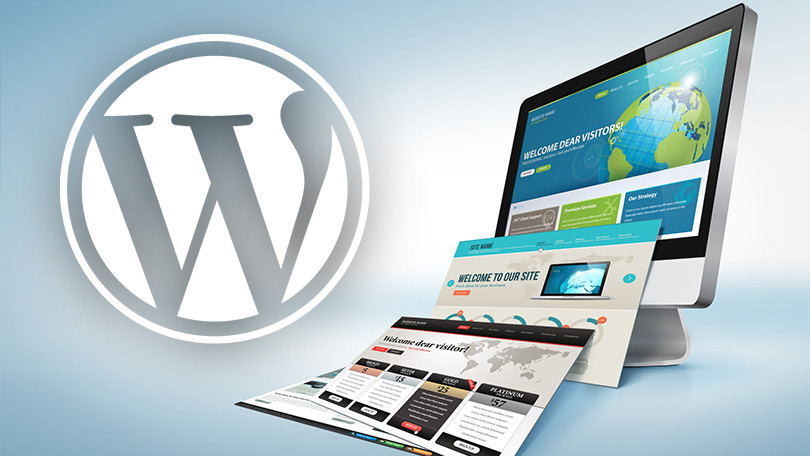If you follow these steps, creating a WordPress website can be a simple procedure. Here’s a quick start guide to get you going:
1. Select a hosting provider and domain name
- The domain name, such as (yourwebsite.com), is the web address. Select an item that embodies your company, mission, or brand.
- Web hosting: A hosting company is required for WordPress. Several well-known providers of one-click WordPress installations include Bluehost, SiteGround, and HostGator.
2. Set up WordPress
- Manual Installation: You can install WordPress by hand if your host does not offer one-click installation. Install it by following the installation instructions after downloading it from wordpress.org and uploading it to your hosting server.
- One-Click Installation: The control panel (cPanel) of many hosts, including Bluehost, SiteGround, and others, offers a simple one-click WordPress installation feature.
3. Select a theme for WordPress
- You can choose a theme once it has been installed. Go to Appearance > Themes in the WordPress dashboard (yourwebsite.com/wp-admin), then select a theme. You can buy a premium theme from websites like ThemeForest, Elegant Themes, or StudioPress, or you can utilize one of the free themes in the WordPress theme library.
4. Personalize Your Website
- Install Plugins: WordPress plugins improve your website’s functionality. Plugins that are popular include:
- For search engine optimization, use Yoast SEO.
- For form creation, get in touch with Contact Form 7.
- WooCommerce for online shopping
- The WPBakery or Elementor Drag-and-drop page building using Page Builder
- Personalize the theme: To alter the theme’s colors, fonts, layout, and other elements, select Appearance > Customize.
- Set Up Pages: Select Pages > Add New to create the necessary pages, such as Home, About Us, Contact, Blog, etc.
5. Include Content
- Create Pages & postings: Select Pages > Add fresh for static pages like “About Us” or “Contact,” and select Posts > Add New for fresh postings.
- Media: Use your dashboard’s Media option to upload pictures, movies, and other types of media.
6. Establish the Structure of Your Website
- Menus: Select Appearance > Menus to arrange your site’s navigation. Make menus for your content, such as pages or categories.
- Widgets: Sidebars and footers can be filled with content by using widgets. To add things like social media feeds, recent posts, or custom HTML, navigate to Appearance > Widgets.
7. Configure search engine optimization, or SEO
- To make your website’s pages and posts more search engine friendly, install a plugin like Yoast SEO.
- To raise your images’ search engine rankings, add alt text to them and complete the meta titles and descriptions.
8. Start Your Website
- It’s time to launch your website if you’re happy with the layout and content! After making sure everything looks fantastic, delete any default posts or placeholder information.
9. Frequent Upkeep and Modifications
- Update WordPress’ core, themes, and plugins frequently to improve security and functionality.
- Make regular backups of your website using plugins such as UpdraftPlus.
Additional Tips:
- Security: To shield your website from possible dangers, think about implementing security plugins like Wordfence or iThemes Security.
- Backup: Use plugins like BackupBuddy or UpdraftPlus to set up automatic backups.


